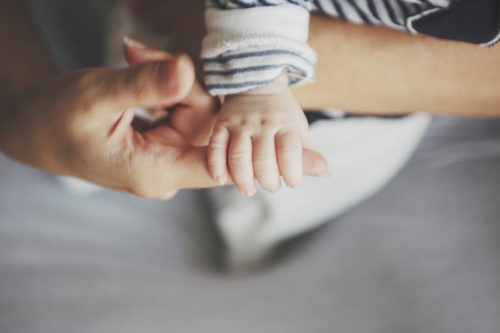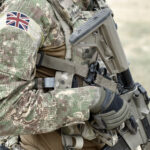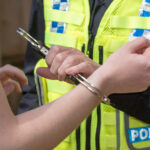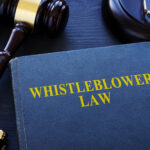Erb’s Palsy is a condition which occurs during birth trauma. Also known as Brachial Plexus Paralysis, the condition can affect 1 or the entire 5 primary nerves that supply feeling and movement to an arm. This affects mobility and functions of an arm, impacting daily life.
Erb’s palsy is a partial to complete paralysis of the arm caused by injury to the upper group of the arm’s main nerves, specifically the upper trunk C5–C6 nerves. These form part of the brachial plexus, comprising the ventral rami of spinal nerves C5–C8 and thoracic nerve T1.
Erb’s Palsy often is a result of a difficult birth, when a baby’s head has been pulled during delivery. This pulling may affect from one to all five brachial plexus nerves that supply movement and feeling to either arm.
Each individual is affected differently. Damage to each nerve can range in severity; from bruising to tearing. Although some may need specialist intervention, some can recover on their own with time. If the nerves in the upper brachial plexus are severely damaged, the affected arm may suffer from permanent weakness or paralysis. Recovery depends on how much damage has been done to the nerve. The arm can be partially or completely paralysed depending on severity of damage. If the nerves are bruised or swollen, the paralysis may get better in the first days or month.
There are four types of nerve injuries. They can occur simultaneously and share the same symptoms of lost feeling and paralysis.
- Neurapraxia is the most common; occurring when a nerve is stretched but doesn’t tear. This manifests as a burning sensation. Neurapraxia, also known as burners or stingers, usually heal themselves.
- Neuroma injuries damage nerve fibres, causing scar tissue to form as they heal. The weight of the scar tissue applies pressure on the remaining healthy nerve. The recovery from the injury is partial, not complete.
- Ruptures occur when the nerve itself is torn. This type of injury requires intervention, usually by splicing a nerve taken from another part of the infant’s body and grafted to the damaged area.
- Avulsions are the most severe nerve injuries; occurring when the nerve is torn away from the spinal cord. Avulsions do not heal without intervention; the affected nerve can’t be reattached to the spinal cord. Some arm function may be restored by grafting a nerve from another m
uscle in the baby’s body.
For more information on Erb’s Palsy, please contact our Clinical Negligence team: clinneg@isonharrison.co.uk


















